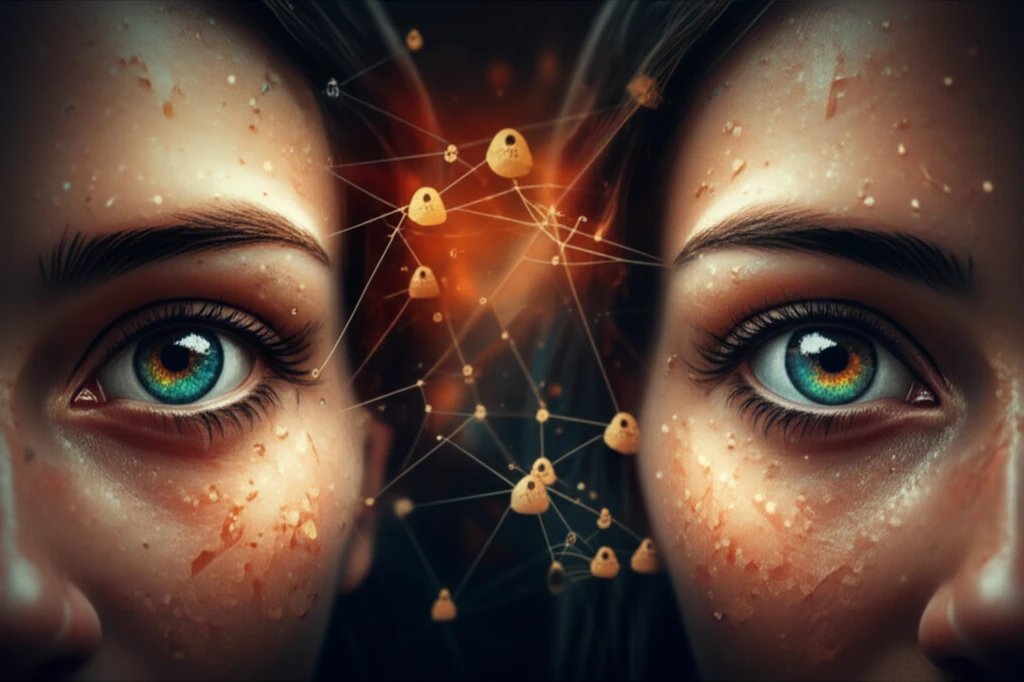
Decoding the Gaze: How Pupil Mimicry Shapes Our Social World
"New research reveals the fascinating link between mirroring pupil dilation and our ability to understand and trust others."
Have you ever noticed how your pupils subtly change size when you look at someone else, perhaps mirroring their own fluctuations? This involuntary behavior, known as pupil mimicry, is more than just a visual quirk; it's a window into the intricate workings of our social brains. New research is illuminating the profound impact of this subtle phenomenon on how we perceive and interact with others.
Scientists are finding that when we unconsciously copy the pupillary responses of others, particularly the dilation of the pupils, we are more likely to trust them. This behavior also activates specific regions in the brain associated with understanding others’ mental states, commonly known as 'theory of mind'.
This article delves into the groundbreaking discoveries in neuroimaging and social psychology, explaining how pupil mimicry acts as a key social signal, shaping our relationships, influencing our decisions, and ultimately, defining our social world.
The Science of the Gaze: How Pupil Mimicry Works

The recent studies indicate that pupil mimicry is not just a matter of visual perception, but it is a complex social process. This research has provided crucial evidence by the use of neuroimaging techniques to analyze brain activity while people are interacting.
- Neuroimaging revealed that when participants mimicked the dilating pupils of others, it increased activity in brain regions associated with social cognition, such as the temporoparietal junction (TPJ) and the medial prefrontal cortex (mPFC).
- These areas are critical for understanding the mental states of others, suggesting that pupil mimicry is intrinsically linked with the social understanding.
- Further research shows the connection between pupil mimicry and the level of trust. People are more likely to trust those whose pupils they unconsciously mimic. This can influence decision-making in various social and economic contexts.
The Future of Pupil Mimicry Research
As the field of social neuroscience continues to grow, the exploration of pupil mimicry opens new avenues for understanding the complexities of human interactions. This research is important for fields such as psychology and social sciences. In the future, researchers will continue to explore the practical applications of this knowledge, including therapeutic interventions and the development of more effective social skills training programs.
